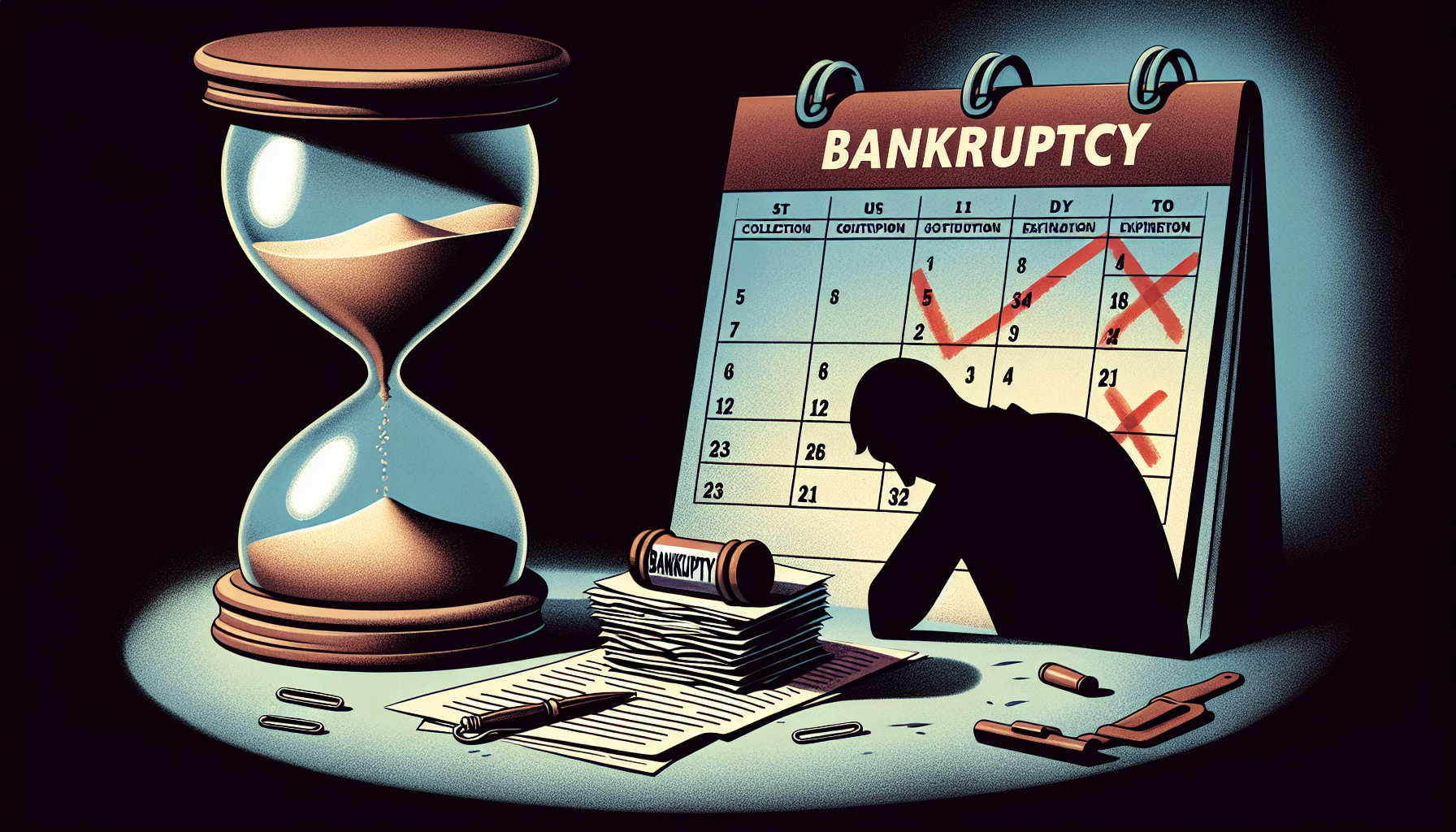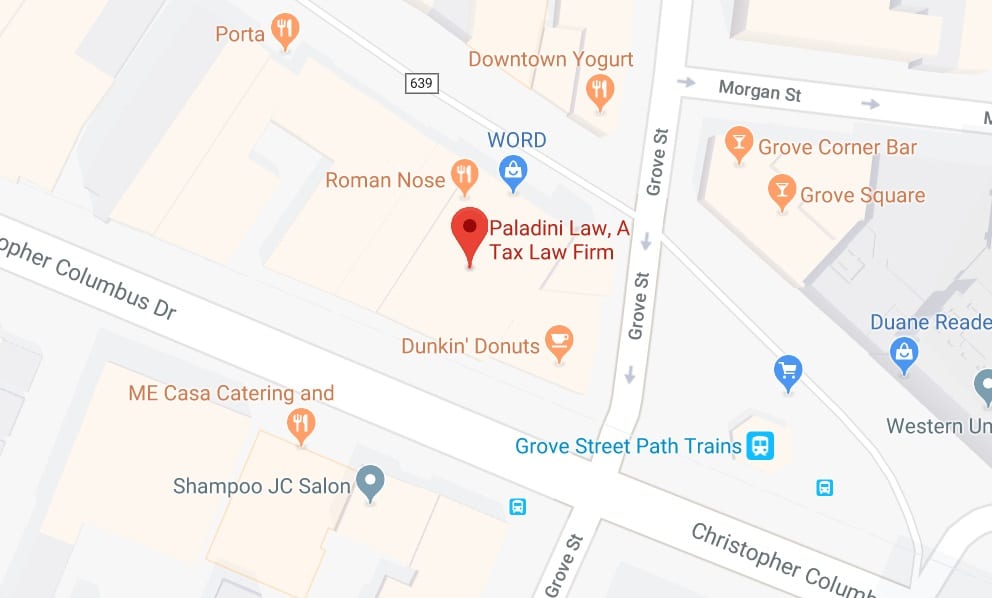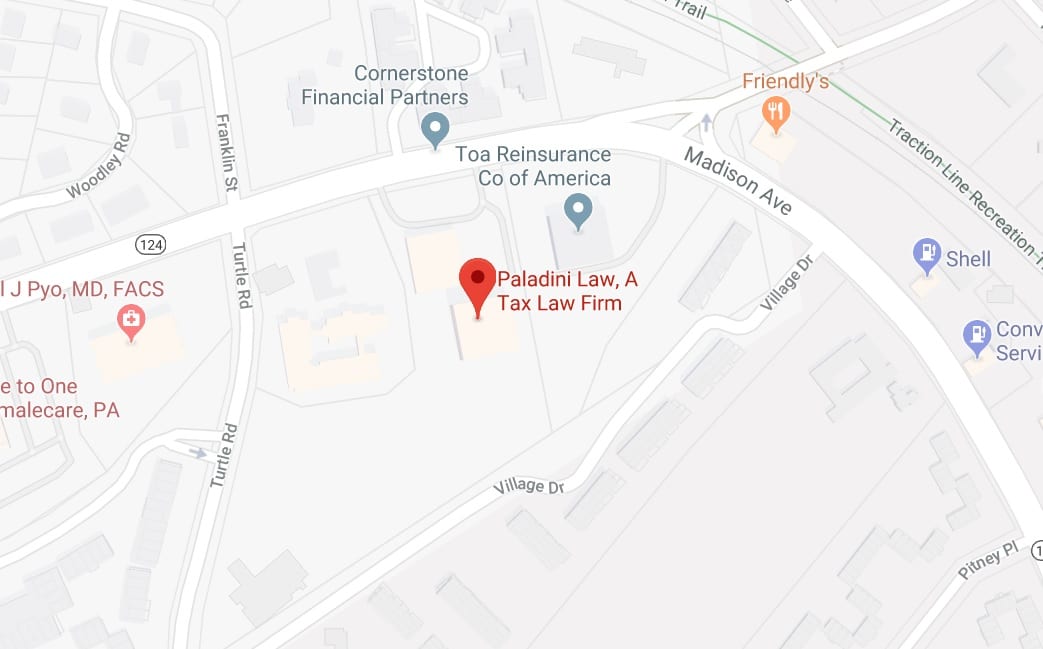What is the IRS 10-year collection rule, and how could it impact your tax debt? Officially called the Collection Statute Expiration Date (“CSED”), this critical tax law generally limits tax collection efforts to 10 years from the assessment date. But certain events can pause or extend this period. Let’s dive in.
Key Takeaways
- The IRS has 10 years from the assessment date to collect tax debt, penalties, and interest, known as the Collection Statute Expiration Date (“CSED”). The CSED can be extended or suspended due to various actions, such as pending installment agreements, offers in compromise, and bankruptcy.
- Ignoring tax debts can result in aggressive collection actions by the IRS, such as tax liens, levies, and wage garnishments, along with accumulating interest and penalties that compound daily, underlining the importance of addressing tax liabilities promptly.
- Taxpayers nearing the end of the CSED can leverage the expiration as part of their tax resolution negotiations with the IRS, which may lead to more favorable repayment plans or reduced debt.
The IRS’s Time Machine: Understanding the 10-Year Rule for Tax Collections

It’s not science fiction, but it might as well be because of all the misunderstanding surrounding it. The IRS 10-year rule sounds like a countdown clock. And in a way, it is. It’s the IRS’s ticking time bomb for collecting back taxes. But like any timepiece, there are ways to pause it, speed it up, or let it run out.
The CSED, or ‘10-year rule’, is a legal time limit for the IRS to collect taxes, penalties, and interest. The countdown begins when the tax is assessed, and many events can lengthen this period. So, how can someone find out their specific CSED for their tax assessment? No document explicitly shows the CSED date. However, you can request an account transcript and manually calculate it.
However, navigating the IRS 10-Year Rule is not straightforward and demands a thorough understanding.
The Clock Starts Ticking
The CSED countdown begins from the date the IRS assesses the tax owed. Knowing when this 10-year countdown begins is fundamental to managing your tax liabilities effectively. This assessment typically occurs when you file your tax return.
But it’s not always that simple. For instance, let’s say you filed your tax return for tax year 2023 on April 15, 2024. This will start the CSED if you owe. However, there is a separate statute of limitations on assessments. The statute of limitations on assessments is three years in most cases from the date the return was filed. If the IRS determines there’s more due two years after you file the tax return, the CSED won’t start for the additional balance until the extra tax is assessed. The three years can also be extended if the return has serious issues, like tax evasion. There is no statute of limitations on assessment for a fraudulent return.
When Time Stands Still: Pausing the IRS Clock
Did you know that certain actions can freeze the IRS’s countdown, giving it more time to collect? Filing for bankruptcy, submitting an offer in compromise, requesting an installment agreement, or simply signing a waiver can stop that clock. It’s like hitting pause on your favorite show, except you’re not coming back to find out who the killer is. You’re giving the IRS a longer shot at your wallet.
Grasping these scenarios that can ‘stop the clock’ is critical for taxpayers trying to navigate the complexities of the 10-year rule effectively.
When Does the IRS Write Off Debt?
Many taxpayers ask, “When does the IRS write off debt?” The general rule is that the IRS can legally collect a tax balance for 10 years. If the IRS doesn’t collect taxes within the 10-year statute of limitations, the taxpayer is no longer obligated to pay the tax bill balance.
Once the CSED has expired, the IRS can no longer initiate administrative or judicial actions to collect the tax debt. However, if taxpayers have overpaid, they may request a refund for any amounts paid after the CSED has expired but before the Refund Statute Expiration Date.
Will the tax lien also disappear? Not necessarily. Even if you are no longer personally liable for the tax debt, the IRS can renew a lien for an additional 10 years, meaning that if you sell the property before the lien expires, the IRS will still be paid.
Events That Can Extend or Suspend the 10-Year Limit

Being aware of events that can extend or pause the 10-year limit helps you manage your tax obligations effectively.
For instance, some taxpayers consider bankruptcy to clear their tax issues. However, not all tax debt can be discharged in bankruptcy. Understanding which tax debts are considered ‘eligible debts’ for discharge in bankruptcy can significantly impact a taxpayer’s strategy. A bankruptcy filing suspends the CSED during the bankruptcy proceedings and extends it for 6 months after the bankruptcy concludes. A bankruptcy filing is a good idea in certain situations because some taxes are a dischargeable debt. However, not all taxes are dischargeable in bankruptcy and are never dischargeable immediately after the assessment. If taxpayers want to discharge taxes in bankruptcy court, they must wait three years from when the return was due. If you don’t file a tax return, and the IRS files the tax return for you via a “Substitute for Return,” a bankruptcy filing may not discharge the taxes. In short, before you file bankruptcy, get competent advice!
Filing an offer in compromise also pauses the clock. It doesn’t restart again until 30 days after an offer is rejected. Of course, if the offer is accepted, the clock is irrelevant. The CSED also determines whether the IRS will settle your tax debt for less. To qualify for an OIC, you must demonstrate you can’t repay debt within the statute of limitations. The shorter the CSED, the less likely the government is to collect the debt. But if the CSED is really short, you may not want to file an OIC and pause the clock ticking. This is why having good tax attorneys advise you before filing an OIC is critical.
Installment agreements impact the CSED in two ways. If you request an installment agreement, the state of limitations is paused until it’s approved, and 30 days is added. If an installment agreement is terminated, the clock is paused for 30 days and even longer if you appeal the termination.
The Consequences of Ignoring Tax Debts

Let’s talk about the heart of the matter. Owing money to the IRS is like carrying a backpack full of bricks. It’s heavy, it hurts, and it makes moving forward difficult. Fear, shame, and isolation are often the silent companions of tax debt, whispering doubts and fears into already anxious minds. However, neglecting income taxes and other tax debts can have serious consequences, including enforced IRS actions like a federal tax lien, which represents a legal claim by the government to protect the government’s interest in your personal property, real estate, and financial assets in case of unpaid tax debts. Other consequences include levies, wage garnishments, and accruing interest and penalties. Unpaid federal tax debts gather interest from the due date until full payment at the federal short-term rate plus 3 percent, which compounds daily.
Non-payment also results in a failure-to-pay penalty, typically half a percent per month, up to 25% of the unpaid tax. The IRS employs stringent measures to collect tax debts before Collection Statute Expiration Dates, making it challenging to wait them out.
Risks of Waiting Out the IRS Statute of Limitations
Ignoring tax debts can result in serious financial consequences. Here are some of the penalties you may face:
- Late tax return filings can incur a penalty of five percent of the owed tax for each month the return is late, with a limit of 25 percent.
- Failure to pay taxes by the due date results in a Failure to Pay Penalty of 0.5% per month of the unpaid taxes, up to 25%.
- Interest is charged on the unpaid balance and penalties.
It is important to address your tax debts promptly to avoid these penalties and additional interest charges.
Ignoring tax debts may trigger the following consequences:
- The IRS’s Automated Collection System may collect back taxes involving liens or levies on bank accounts and wages.
- Unpaid tax debts can lead the IRS to seize refunds from subsequent years to reduce the outstanding bill.
- Additional penalties and interest may be applied.
- The IRS may assign a dedicated Revenue Officer to collect the debt.
The IRS will also ramp up collection action the closer you are to the statute of limitations expiring.
Should I Resolve What I Owe Before the Limitations Period Expires?
Contacting the IRS for payment arrangements can prevent aggressive collection efforts. If you ignore the issue and try to wait on the limitations period, the IRS may seize your assets to satisfy the debt. This can include your retirement accounts. The IRS can even go to court to take your property.
Leveraging the CSED for Tax Resolution

As the end of the collection period nears, taxpayers can use the approaching CSED as leverage in negotiations with the IRS to resolve their tax debts. This strategy can result in more manageable repayment plans and potentially even reduce the total amount owed—the approaching CSED factors are used to deal with tax debt.
For instance, filing an OIC when the statute of limitations approaches increases your likelihood of getting it accepted since the government may be less likely to collect everything before the deadline. But if the statute of limitations is too close to expiring, it may not be in your best interest to file an OIC (or bankruptcy) because doing either would give the government more time.
In addition, you could leverage the CSED into a partial pay installment agreement, where you agree to pay a certain amount per month. But total monthly payments would not pay the entire debt you owe. The remainder is essentially forgiven after the state expires.
To successfully leverage the CSED in your favor, you need:
- A comprehensive understanding of your financial situation
- A strategic approach to negotiations
- An accurate evaluation of your position
- A clear understanding of your rights and obligations
Evaluating Your Position
Before entering into negotiations with the IRS, it is paramount to understand your current position accurately. Taxpayers can request account transcripts from the IRS. These transcripts don’t explicitly provide the CSED, which needs to be calculated manually. You can call them and ask when the statute of limitations expires, but this will likely tip them off and start enforced collections.
The CSED calculation can sometimes be intricate, particularly when different types of tax assessments are involved. If there are discrepancies in the CSED calculation, taxpayers can contact the IRS or the Taxpayer Advocate Service to verify and explain the CSED computation.
Dealing with CSED Miscalculations
Miscalculations of the CSED can generate confusion and result in unforeseen tax obligations. If the CSED appears to be miscalculated, taxpayers must address the issue promptly to ensure their rights and financial interests are protected.
When multiple types of tax assessments are involved, such as audit assessments on tax returns, this can lead to separate and complex CSED calculations. In such cases where the CSED has been miscalculated, it may be necessary to use Form 911 to seek assistance from the Taxpayer Advocate Service.
Preparing for the End of the Collection Period

As the end of the collection period nears, the IRS may ramp up enforcement. They may start levying bank accounts or garnishing wages to avoid blowing the statute of limitations. They may also renew a lien. While this doesn’t extend the statute of limitations against you personally, it does give the IRS an additional 10 years to collect the tax debt from any equity in assets you may have, most commonly your home.
If the tax debt resulted from fraud and is not repaid within the statute, the government may choose to sue you in federal district court and reduce the debt to judgment. This can happen even if there’s no fraud. For example, if the tax debt is significant enough, they may go to court and seek a judgment. This doesn’t extend the statute of limitations; it gives the government an entire new limitations period based on federal law.
The IRS could also sue you for your property before the limitations period expires. This means filing a suit to foreclose on your property in federal district court. Everyone is treated differently depending on the specific facts. If you have a history of filing fraudulent returns or have committed tax evasion, the IRS is likelier to take these legal claims in court to protect the government’s interest.
Summary
In conclusion, the IRS 10-Year Collection Rule, or CSED, provides a time limit for the IRS to collect tax debts. Understanding this rule and its implications can offer taxpayers a clearer roadmap to navigate their financial obligations. However, it’s not a simple process and can involve various complexities, requiring strategic planning, careful documentation, and often professional guidance. Despite these challenges, understanding and effectively leveraging the CSED can be a crucial tool for taxpayers in managing and resolving their tax debts.
Frequently Asked Questions
Step Boldly: Your Path Forward
Ready to change the game? The first step is reaching out, gathering your financial narrative, and presenting it to someone who can rewrite the ending. It’s about making the first move towards reclaiming your financial freedom and writing a comeback story worth telling.
Feeling overwhelmed by the IRS and its arsenal?
Let’s demystify your tax situation together.



